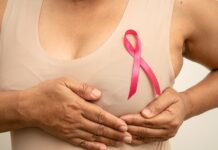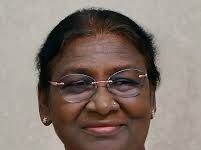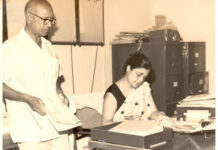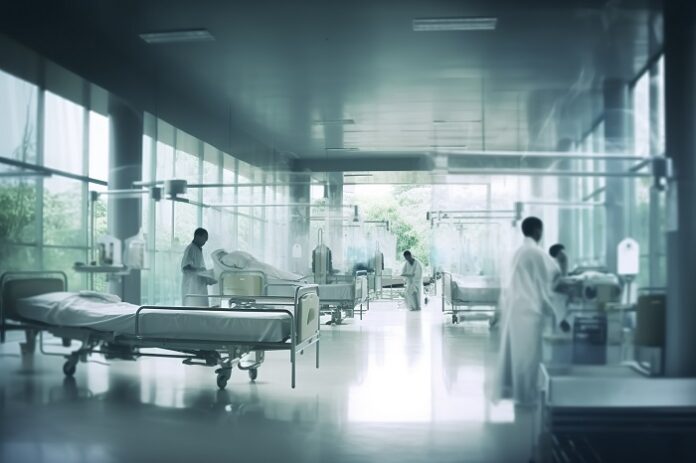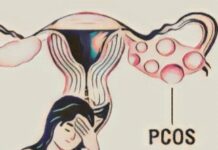“You do not study to pass the test. You study to prepare for the day when you are the only thing between a patient and the grave”. – Mark Reid
A routine day in Emergency Department (ED) can be anything but routine. As I walk into my ED, I witness an ongoing resuscitation of a polytrauma victim in the Trauma Bay, an elderly male who had a fall in the washroom, a 5-year-old girl with seizures, a 12 weeks pregnant female with multiple episodes of vomiting, a middle-aged woman with drug overdose, the blare of an incoming ambulance where an acute stroke patient is in transit and some other new patients & frantic relatives in the triage. To many of them in all likelihood, this is the worst day of their lives as these visits to ED are often unforeseen and frightening.
Emergency Medicine (EM) is a sprint-run team specialty that encompasses quick assessment and management of multiple undifferentiated patients in a time-bound manner. It comprises the initial minutes to half an hour of every other specialty making it inherently interesting and exciting. What will come through the ED door is always a mystery. There is always inherent chaos in ED, yet EM physicians find it thrilling to take all the diverse presentations into their stride and translate this into acute clinical care. We manage patients from neonates to octogenarians to high-risk fragile patients like those on dialysis, chemo-radiation, and post-operativecases. We triage, prioritize, multi-task, and continuously strive to do the greatest good for every patient through all hours of day and night in the ED; may it be with chest pain or ankle sprain.
Conventionally, the practice of medicine harps on what the patient has i.e., Diagnosis; However, we in EM are all the time contemplating what the patient requires, Immediately and in the next few minutes to hours based on his symptomatology and physiological parameters.A patient with uneasiness can be anything from myocardial infarction to heart block to pulmonary embolism to hypoglycemia or just anxiety.
As coined by Dr. Theodore Woodward in the 1940s,“When you hear hoofbeats, think of horses, not zebras” common things occur commonly but in ED, we also need to have a high index of suspicion for the uncommon and not forget the zebras.
Unexpected twists and turns can happen in a patient’s clinical conditionwhich keeps us on the toes. Amidst saving lives time flies but the time we spend in EDis the worst and best of our lives sometimes being pushed to the breaking point as we are always performing under pressure.We work by ruling out successively the worst-case scenario that can be life-threatening to the patient eventually detecting the condition. Being on the frontiers of the health care system our initial workup guides patients’ diagnosis and correct disposition.
Although the idea of giving emergency care is as old as medicine itself, the concept of EM as a specialty is novel being five decades old in the Western world and recognized in India only in 2009 [1]. A decade later existence of the EM Department was made mandatory for all medical colleges in 2019 by our government [2] . The need for EM in our country cannot be underestimated. According to the latest census, cardiovascular and respiratory illnesses constitute around 42% of mortality and injuries/poisonings contribute up to 5.6% of mortality in India[3].
Clinical Head & Consultant, Emergency Medicine Department, Bharati Vidyapeeth, Pune
Corresponding Author: Dr. Shweta Tyagi, Clinical Head & Consultant, Emergency Medicine Department, Bharati Vidyapeeth (Deemed to be) University Medical College, Pune – 43 Email: shwrah@gmail.com
-
- Subhan I, Jain A. Emergency care in India: the building blocks. Int J Emerg Med. 2010; 3:207-11. Medline:21373285 doi:10.1007/s12245-010-0223-7.
- National Medical Commission Undergraduate Medical Education Board. Oct 2020. Available from https://www.nmc.org.in.
- Report on Medical Certification of Cause of Death 2020, Office of the registrar general, Ministry of Home Affairs, Government of India, Chapter – III Distribution of Deaths by Cause, p23-65.
- National Board of Examinations DNB Broad specialty. Mar 2023. Available fromhttps://accr.natboard.edu.in/
- National Medical Commission. List of medical colleges/Emergency Medicine. Available from https://www.nmc.org.in/information-desk/list-of-college-teaching-pg-courses/.
- Bennett CL, Sullivan AF, Ginde AA, Rogers J, Espinola JA, Clay CE, Camargo CA Jr. National Study of the Emergency Physician Workforce, 2020. Ann Emerg Med. 2020 Dec;76(6):695-708.
- India: Rural population, percent. The Global Economy. 2021. https://www.theglobaleconomy.com/India/rural_population_percent.





